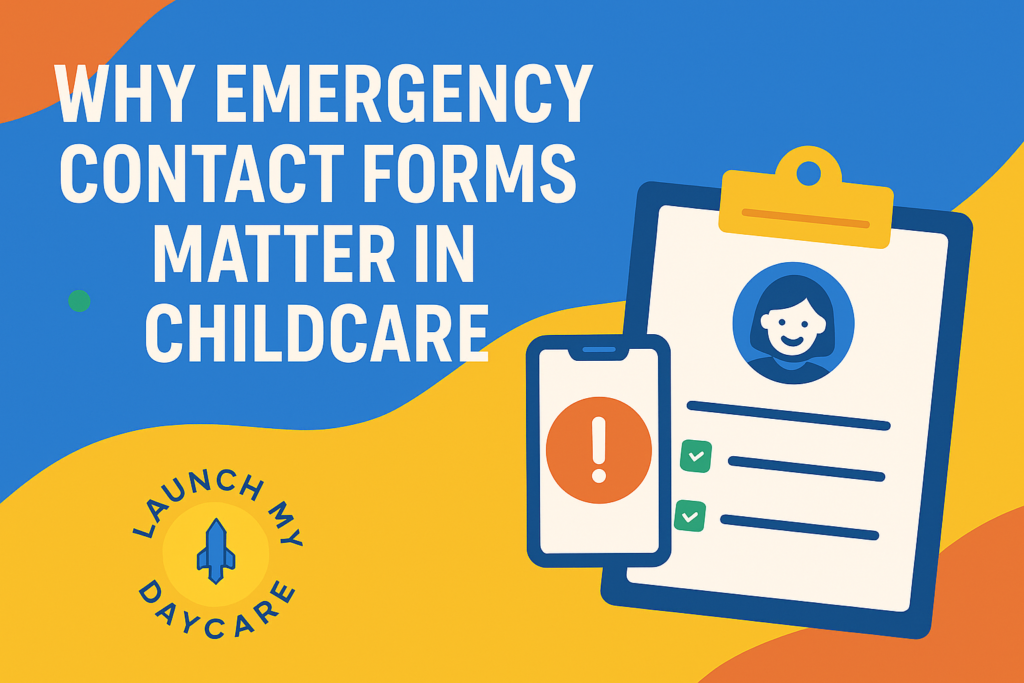
Emergency contact forms are more than a formality—they’re a legal and practical lifeline in the event of a crisis.
1. Quick Access to Contacts
In an emergency, seconds count. Having direct access to alternative contacts helps ensure children are picked up safely.
2. Medical Permissions and Instructions
This form usually includes critical information such as allergies, medical conditions, and authorization for emergency treatment.
3. Legal Protection for Providers
A signed emergency form demonstrates due diligence and can protect you from liability in unexpected situations.
4. Compliance With Licensing
Most states require updated emergency contact information as part of their licensing and inspection standards.
5. Reassurance for Parents
Parents feel safer knowing you’re prepared and have clear protocols in place.
Pro Tip: Review and update emergency contact forms every 6 months or whenever a parent notifies you of a change.
